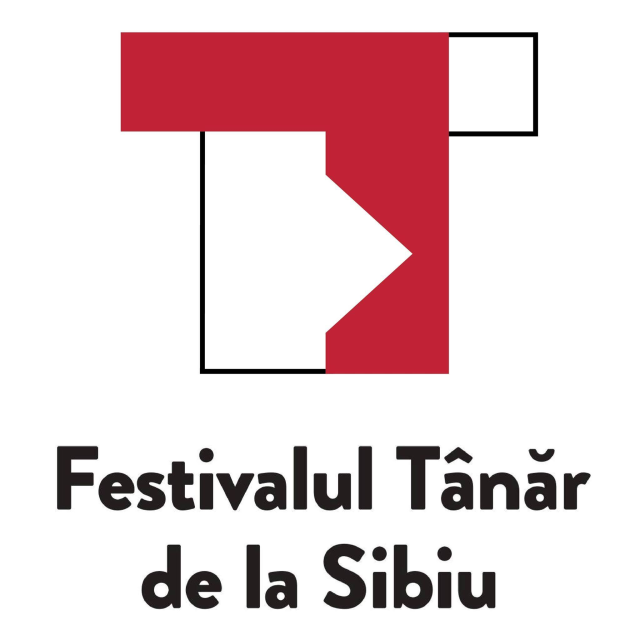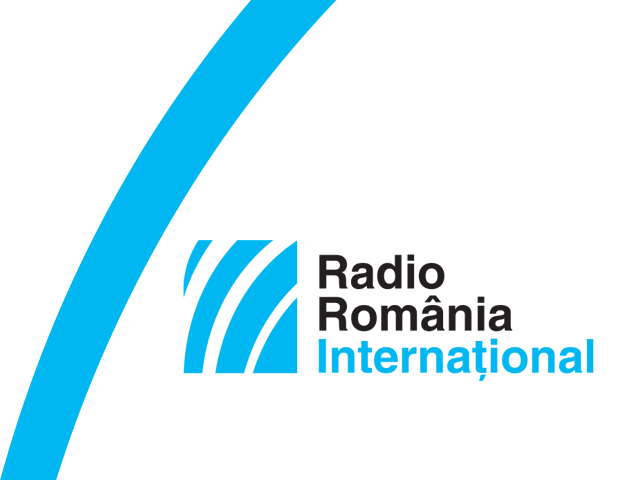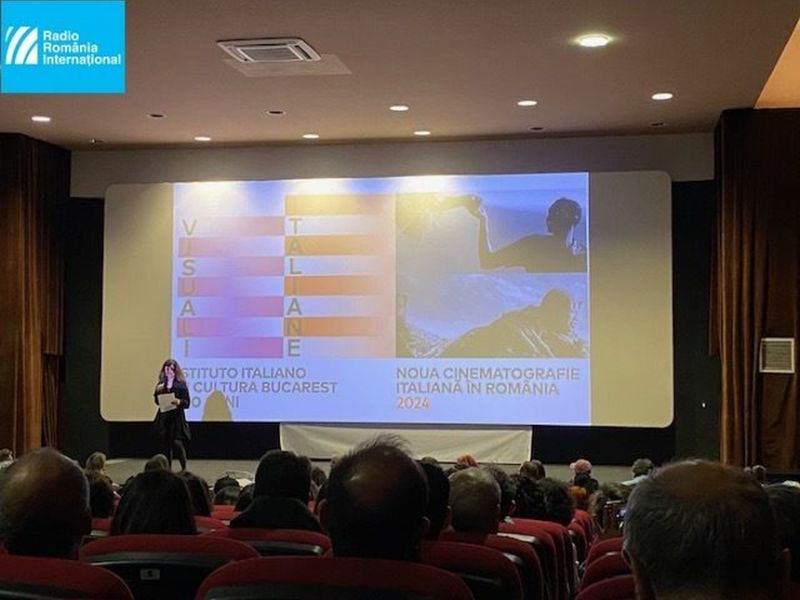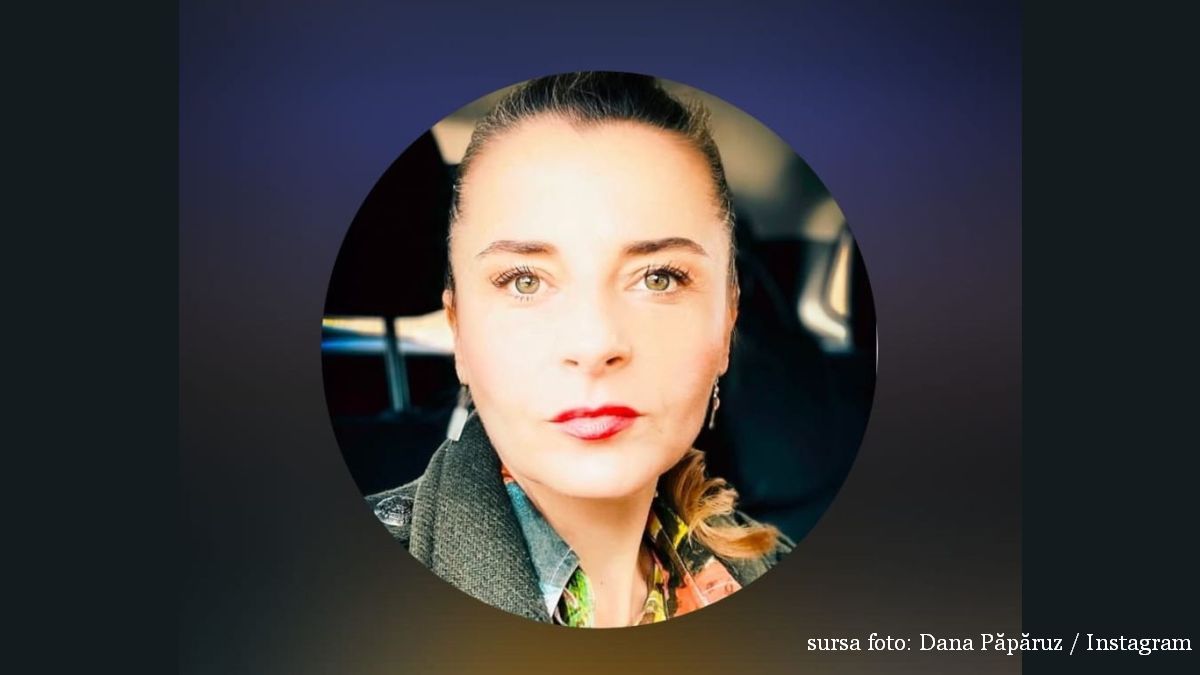The Young Festival in Sibiu
Sibius Gong Theatre for Children and Youth staged the 4th edition of the Young Festival in Sibiu
Warning: Trying to access array offset on null in /home/web/rri.ro/public/wp-content/themes/rri/template-parts/content.php on line 53

Warning: Trying to access array offset on null in /home/web/rri.ro/public/wp-content/themes/rri/template-parts/content.php on line 98
Luana Pleşea,
01.12.2018, 15:30
A growing number of fresh and bold projects have been run in Romania in recent years, targeting the theatre for children and adolescents. Such a phenomenon has also occurred in Sibiu, central Romania. In early November, Sibiu’s Gong Theatre for Children and Youth staged the 4th edition of the Young Festival in Sibiu.
Adrian Tibu is the manager of the theatre and the initiator of the festival. He will now be offering some highlights of this edition of the festival: ”This year’s edition comes as a continuation of our endeavour to offer a little bit of everything to all audience categories we work with, yet at the same time we have sought to create a new audience category for Gong Theater, namely teenagers. As an absolute first in Romania, this year’s edition brought a stage performance for children with autism and their families. We’re speaking about Flute Theatre, a troupe from Great Britain, which also held a workshop for the teaching staff in Sibiu. Also as an absolute first in our theatre, we enjoyed a shadow puppetry installation, that of Canadian troupe Mere Phantoms…And as far as the structure of the festival goes, we have chosen two special themes to shape the two weekends of our programme. In the first weekend, we featured guest performances from France, while the second weekend of the festival had a gastronomic twist, so to say, with performances drawing on an up-to-date topic, which is what we eat.”
A “Bambi” at least as touching as the classical one, yet quite different from the famous Disney-made cartoon, was presented to the audience at the Young Festival in Sibiu by the Excelsior Theatre from Bucharest. It was directed by Attila Vizauer, adapted for the stage by Ema Stere and choreographed by the National Dance Centre manager, Vava Stefanescu, while the musical score was written by the late Ioan Gyuri Pascu.
Here is stage director Attila Vizauer, speaking about how it all began, that is the work for the show tailored for children older than 5: ”The first surprise was provided by Ema Stere, when she adapted the play for the stage. Ema’s screenplay is much closer to Felix Salten’s novel, which is the first ecological novel. Much more dramatic and much less pink. But from here and all the way up to building a musical, just as Adrian Gazdaru, the Director of Excelsior Theatre, has asked me to do, it was a long way. It wasn’t easy for me to find the key for the show. “
More than 200 young actors gave auditions for the pre-production selection for the cast. With details on that, here is Attila Vizauer once again: ”We’ve worked for days on end. Ioan Gyuri Pascu sang with them, he had already written the solo parts, he had the songs and was listening to them very carefully. Vava Stefanescu created workshops with the young actors and together they built various movement moments. In those workshops, Vava once made to the competitors a suggestion, telling them to build a forest together. Then I saw the actors turning into trees — trees in the rain or trees in the wind, trees stretching their branches to reach the sun, trees protecting the beings around them…That very moment I knew how to set about creating the show. No feathers, little furs, stag horns were needed any more…Everything took shape through whatever came out as being natural, through the truth, through the body language and the vocal talent of most of those who were on the cast to build up the show.”
When concern with the content of our meals becomes more important than empathy, when nutritionists know exactly how much, what, when and from where we should eat, and yet whatever choice we make is bound to be the wrong one in some respect, what are we left with? This is the question raised by the authors of a performance called “Nature Identical,” produced by Art No More Association from Romania. The text is written by Elena Vladareanu, a journalist and a writer, and by Robert Balan, who is also the director of this play addressing teenagers and children above 12 years of age.
“At a time when I was very concerned with the topic of what we eat, I decided to put together an educational show, to teach high school kids what they should eat. But during our research for the show, we realized that there is no clear answer to this issue. So what we ended up with is a puzzle with a lot of different opinions. While researching the topic we found conflicting opinions, even though they belonged to experts. After all, the famous ‘organic’ products are not entirely good, the ‘nature identical’ ingredients are not, in themselves, something to be afraid of, the infamous ‘E numbers’ are not necessarily mankind’s worst nightmare…”
“While watching the show from the hall filled with children today, I was thinking that a performance like this one, on another topic, could be good teaching tools to talk about certain periods. Because I think in today’s families mothers and grandmothers no longer tell stories about their own childhoods to their children and grandchildren. For us, this was a tradition, we would ask grandma to tell us what the world used to be like, because we had no TV or internet. So we got to find out a lot of things, history as people lived it, not as you can find in history books. And this type of history is just as important, or perhaps even more important than official data. So such a play could give information, about the foods of today, and from this information one can reconstruct an entire era, whether it’s the communist ‘80s when we were kids, or the ‘90s and the post-communist transition…”
Paul Muresan is a talented artist, animator and illustrator. He was invited by the manager of Gong Theatre to play with the idea of being young on one of the walls of the theatre’s foyer. The resulting work, entitled “Young”, was unveiled towards the end of the festival. Paul Muresan: “What the theatre manager had in mind was that the people coming for a performance should see me at work. And that they should start asking me questions, interact with me. This is more than just a wall with drawings on it, it’s a performance. And people did interact. Especially children. I liked the theme very much. It feels to me that through everything we do during our adult lives we are in fact trying to figure out our childhoods. My work is also a journey back in time, to an earlier self, with an unstable home, an overactive imagination, with things that frightened me, with little creatures that can be both threatening and funny. It feels as if there’s a limitless horizon within us, so I wanted to create a landscape that doesn’t seem to finish. Grandiose and never-ending. It was a beautiful game.”
The most attended performance at the festival was “Bo” by the Swedish company Teater Tre, addressed to children aged between 6 months and 2 years. Adrian Tibu, the director of the festival: “Generally, there’s a great appetite from young mums to take their infant children to the theatre. It’s an inspiring experience for us, because there’s something magic in seeing all those very young children coming to the theatre and having contact with the stage. It gives us strength to build new projects and a new theatre for a new generation of spectators.”





























